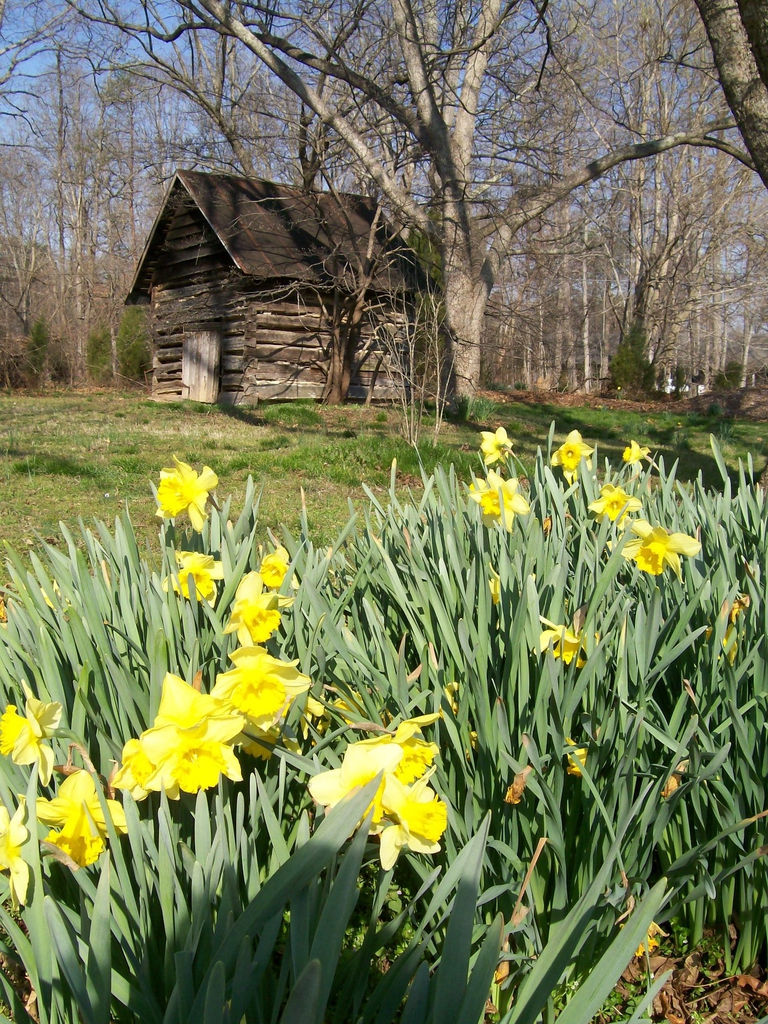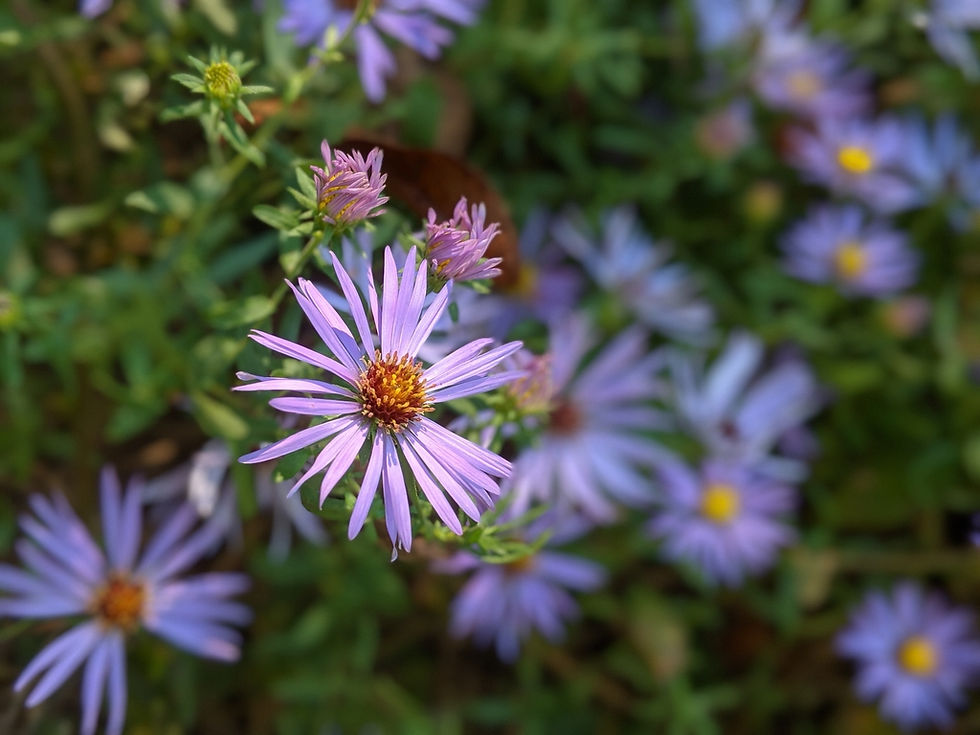Creating a Stunning Flower Bed: Design Tips & Tricks for Waxhaw, NC
- carolinaterrain

- May 16, 2023
- 3 min read

Welcome to another expert blog post from the team at Carolina Terrain, your go-to choice for landscape installation services in Waxhaw, North Carolina. Today, we're delving into the vibrant world of flower bed design and offering tips, tricks, and plant suggestions tailored specifically to our local planting zone of 7b to 8a.
Understand Your Planting Zone
Before we venture into the art of designing a flower bed, it's essential to understand our local planting zone - Waxhaw, NC falls within zones 7b to 8a. This detail is crucial as it defines the types of plants that will thrive in our area. The United States Department of Agriculture (USDA) provides a Plant Hardiness Zone Map which is a standard across the country for gardeners to determine which plants are most likely to thrive at a location (USDA, n.d.).
Start With a Plan
Great design starts with a plan. Consider the size and shape of your flower bed, the type of soil, the amount of sunlight the area receives, and the overall style you wish to achieve. Sketch out your design, considering factors such as plant height, color, and bloom time, to create a balanced, harmonious effect.
Choose the Right Plants
Selecting the right plants is the key to a stunning flower bed. Given our planting zone of 7b to 8a, here are some plant suggestions that do well in our area:

1. Daylilies (Hemerocallis)
With their vibrant, trumpet-shaped flowers, daylilies are a popular choice for flower beds in our region. They are hardy, adaptable, and come in various colors, including pink, orange, yellow, and red.

2. Black-Eyed Susans (Rudbeckia hirta)
Known for their golden-yellow flowers and dark brown centers, black-eyed Susans are hardy perennials that add a touch of sunshine to any flower bed.

3. Coneflowers (Echinacea)
These hardy perennials are loved for their large, daisy-like flowers that come in a variety of colors, from purple and pink to yellow and orange.

4. Sage (Salvia)
This plant offers attractive spikes of blue, purple, or white flowers, which are beloved by butterflies and hummingbirds.
Remember, our expert plant selection and installation services at Carolina Terrain can help you choose the right plants for your flower bed.
Layer Your Plantings
When arranging your plants, consider using a layered approach. Taller plants should be at the back of the bed, medium-sized plants in the middle, and shorter plants at the front. This approach allows each plant to be visible and contribute to the overall aesthetic.
Use Mulch
Not only does mulch give your flower bed a neat, finished look, but it also helps to retain soil moisture, suppress weeds, and improve soil health - something we at Carolina Terrain can assist you with our premium mulching solutions. We also offer bulk mulch for sale. Just follow this link.
Maintenance
Remember that even the most beautiful flower bed requires regular maintenance to keep it looking its best. This maintenance includes regular watering, deadheading spent blooms, and dividing perennial plants every few years.
Seasonal Considerations
In addition to picking perennials that will thrive year-round, it's also a good idea to add some seasonal blooms to your flower bed to provide changing interest throughout the year. Here are some suggestions:

Spring
Consider bulbs like Daffodils (Narcissus) and Tulips (Tulipa), which will add a pop of early color to your garden.

Summer
Black-eyed Susans (Rudbeckia hirta) and Coneflowers (Echinacea) are excellent choices for vibrant summer color.

Fall
Asters (Symphyotrichum) and Chrysanthemums (Chrysanthemum) can provide a burst of color in the fall.

Winter
While there may not be many flowers in bloom, consider adding some evergreen shrubs for winter interest. Boxwoods (Buxus) and Holly (Ilex) can add structure and color to your flower bed in the colder months.
Group Similar Plants Together
To create a visually cohesive flower bed, consider grouping similar plants together. This technique, known as "planting in drifts," creates a visual impact and helps to unify your flower bed design. Plus, it can be beneficial for pollinators!
Consider Year-Round Interest
Think about how your flower bed will look throughout the year. Evergreen shrubs, ornamental grasses, and plants with interesting bark or seed heads can provide visual interest even during the winter months.
Conclusion
Creating a stunning flower bed involves careful planning, understanding your local planting zone, and choosing plants that will thrive in your specific conditions. With these design tips and tricks, you'll be well-equipped to create a beautiful, thriving flower bed that provides year-round interest. Remember, our team at Carolina Terrain is always here to assist with your landscaping needs in Waxhaw, NC, including custom landscape design, professional planting bed creation, and quality hardscape design and installation. Together, we can bring your dream garden to life!
Sources
USDA. (n.d.). USDA Plant Hardiness Zone Map. https://planthardiness.ars.usda.gov/
NC State Plant Extension Toolbox. https://plants.ces.ncsu.edu/




Comments